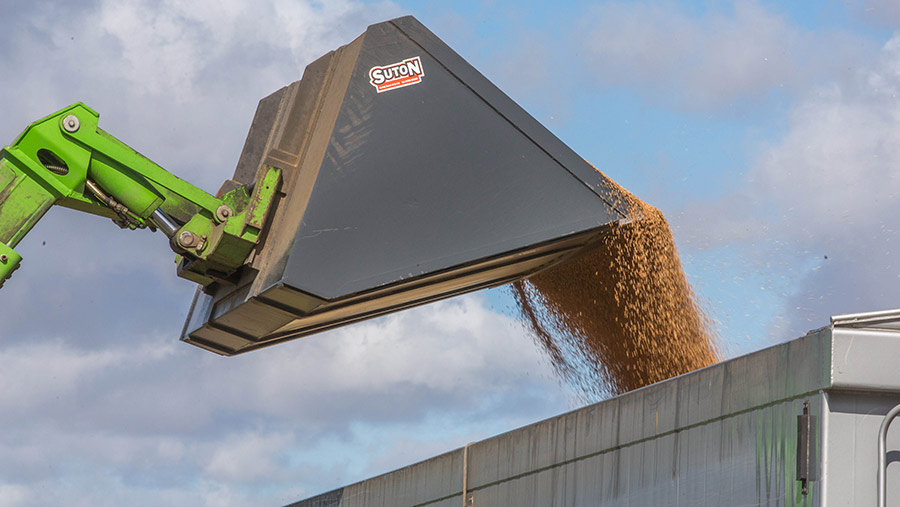Grain price pressure continues on recession fears
 © Tim Scrivener
© Tim Scrivener Ex-farm spot feed wheat and barley prices have lost £5-£6/t over the week, while UK futures are recovering slightly after a massive global sell-off of agricultural commodities by speculators.
The overall downward trend on futures markets over several weeks has been led by fears of recession on the back of inflation and higher interest rates.
Oil prices dropped below US$100/barrel this week for the first time since a brief dip in mid-May, adding to the pressure on other commodities.
In the second-largest sell-off of agricultural commodity futures, contracts worth US$8.2bn were sold in the week to 28 June, according to a US Commodity Futures Trading Commission report.
See also: Analysis: what is going on in UK and global grain markets
Grain market analyst CRM said that for the first time since March, speculative investors had moved to an overall short (sold) position in wheat, with the number of longs (bought contracts) at the lowest level held since mid-February.
Closer to home, wheat supply remains tight and barley is trading at about a £30/t discount to wheat.
Prices collected by Farmers Weekly on Friday 8 July put spot feed wheat at £250.40/t ex-farm and in a regional range from £241/t to £265/t.
An average of £221/t ex-farm for July feed barley was the result of a much narrower regional range of £218-£225/t.
Jonathan Lane, ADM Agriculture’s head of grain trading, said talk of opening corridors to facilitate Ukrainian grain shipments would, if realised, help to alleviate the supply squeeze.
“Longer term, global inventories are still expected to tighten, although crop prospects in the EU and the Black Sea region have improved over the past few weeks, especially within Russia, where a record wheat crop is being projected,” said Mr Lane in the merchant’s weekly report.
“However, we believe Russia still holds the key to future market direction. It is looking at an export potential of more than 40m tonnes and has reduced its export tax. It is also likely to control what, if anything, happens out of Ukraine.”
The French wheat harvest is understood to be coming in at lower than the country’s 10-year 7t/ha average.
At Saxon Agriculture, trading director Mark Smith’s weekly report ended with the comment: “A strong dollar and wider economic fears kept the bears in control during the early part of the week…but fresh importer buying, ongoing Black Sea instability and several weather threats look set to add [price] support from here.”
2022 Defra crop area estimates
Defra put out an estimated 2022 wheat acreage of 1.807m hectares this week, prompting trade comments that at just 1% up on the 2021 area, this looked on the low side.
The UK 2022 barley area is estimated at 1.103m hectares, down 4% on the year, with spring barley down 12% year-on-year at 656,000ha and winter barley 10% up at 447,000ha.
The UK oat area is estimated to have fallen 9% on the year, to 183,000ha, while the oilseed rape area is up 9% on 2021 at 336,000ha.
